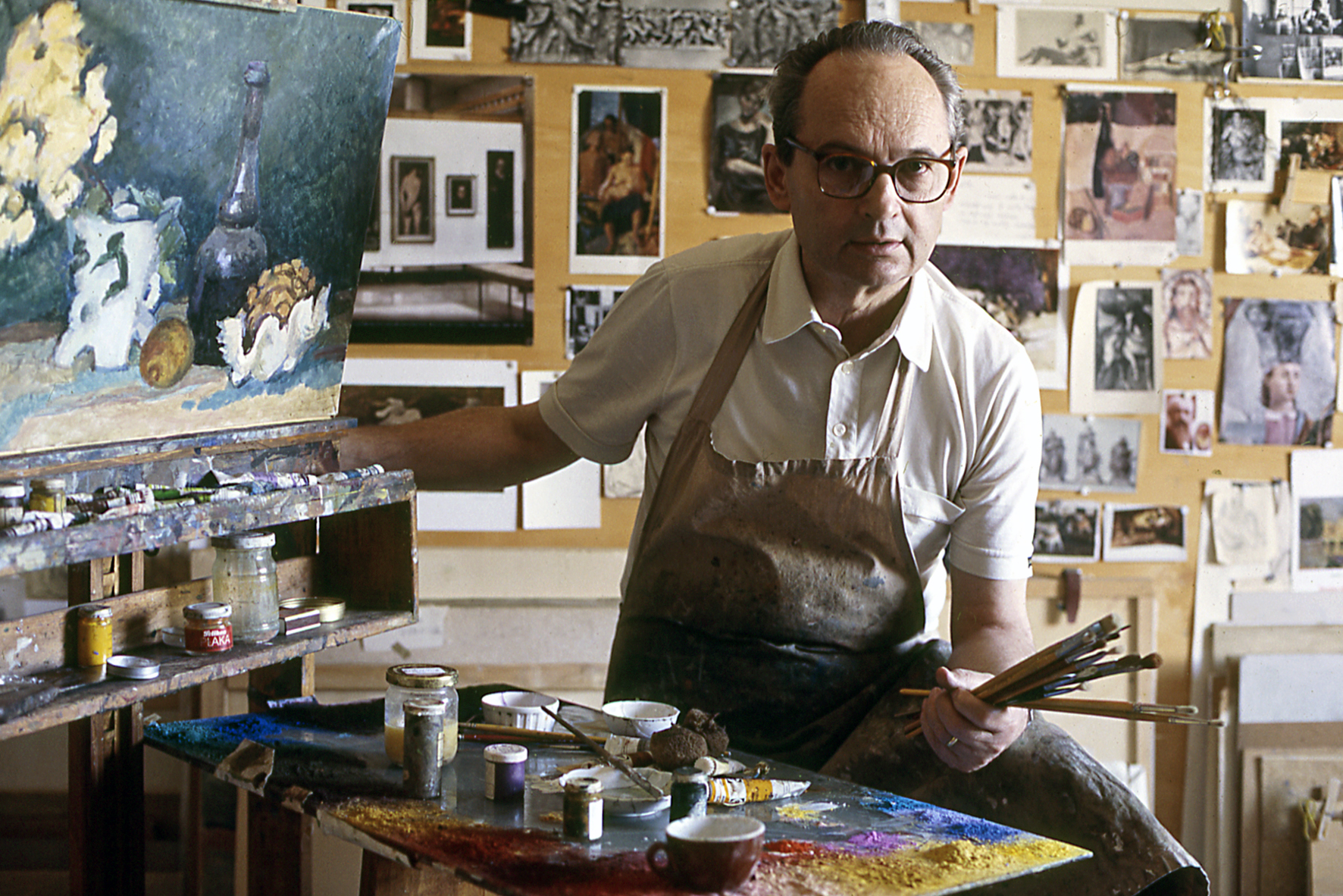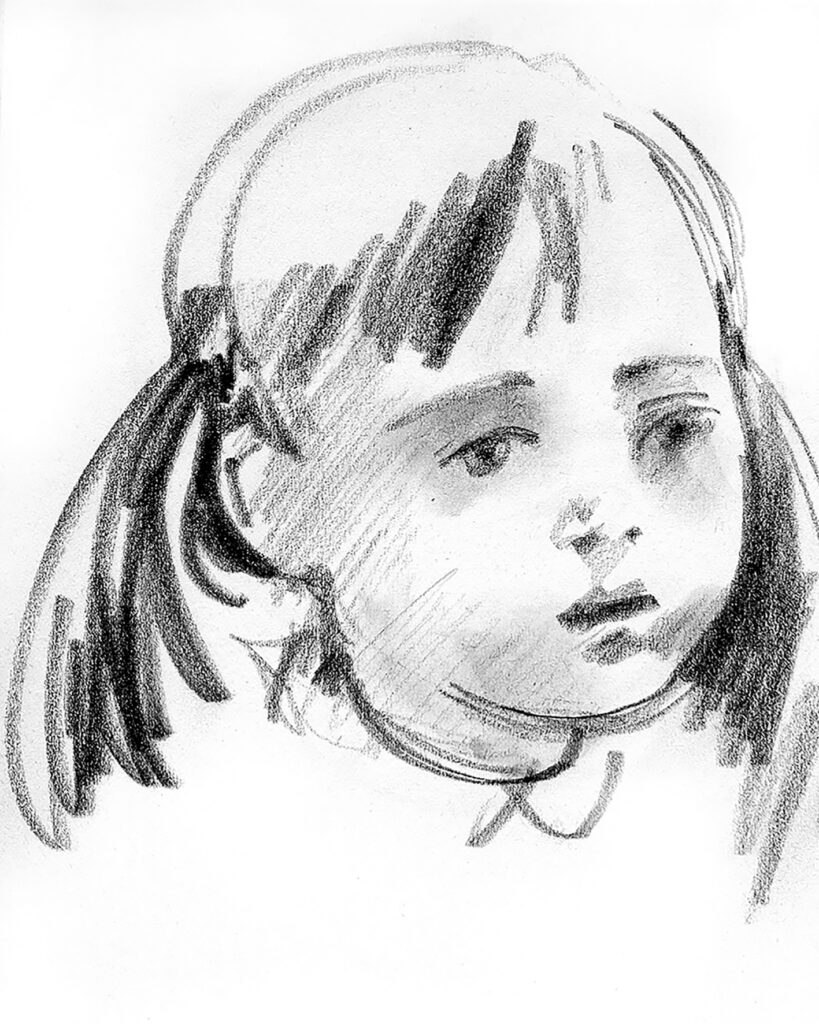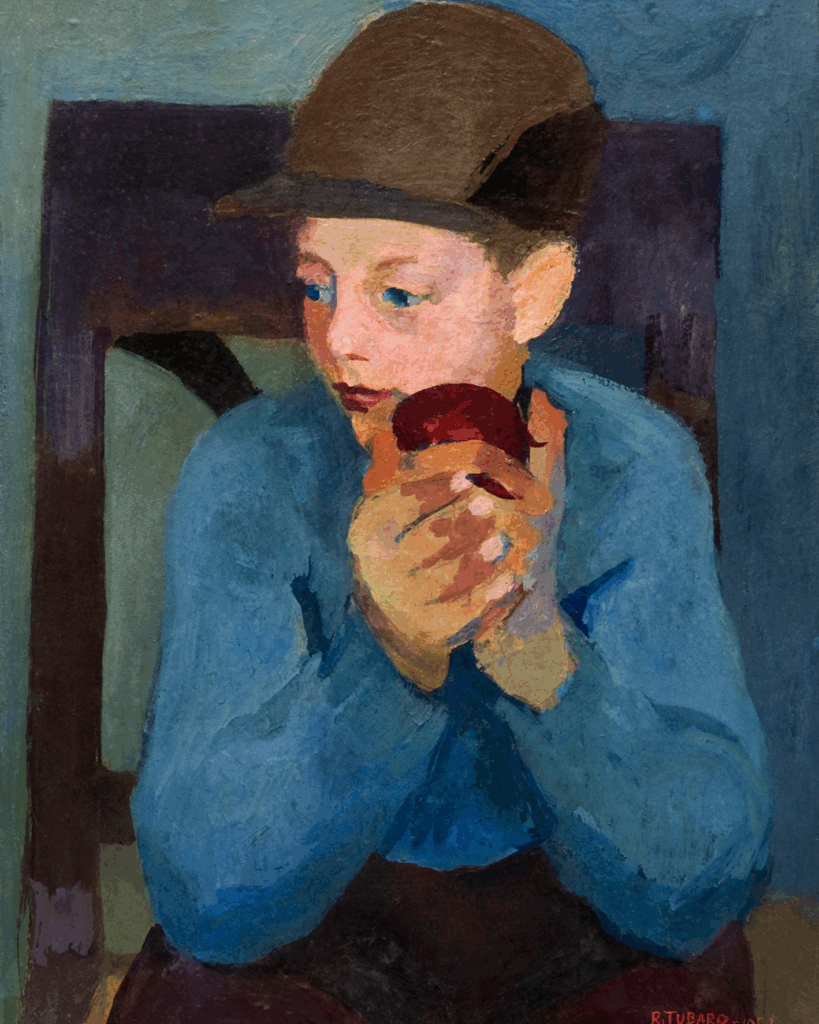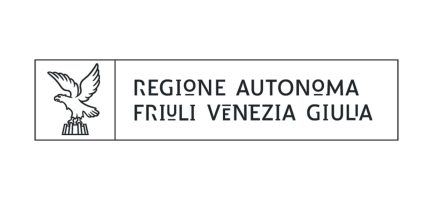Intonare la realtà
From 25 October 2025 to 15 March 2026
On the centenary of the birth of Renzo Tubaro (Codroipo 1925 – Udine 2002), the retrospective exhibition “Intoning Reality” pays tribute to the Friulian painter and to his silent, intense body of work — one driven by a profound tension toward the beauty of the world and the truth of things.
A reserved and introspective artist, Tubaro devoted more than fifty years to painting while remaining faithful to a figurative poetics that reflects on nature, humanity, and everyday gestures. The title of the exhibition recalls his deep relationship with reality — a reality the artist was able to capture with precision and harmonious chromatic intensity, shaped by a pictorial sensibility refined in Venice, where he studied at the Liceo Artistico and the Accademia di Belle Arti in the 1930s and 1940s.
The exhibition highlights the three areas in which Tubaro’s artistic activity was expressed: easel painting, fresco, and his extensive graphic work — drawing understood both as study and preparatory project for painting, and as an autonomous, meaningful practice in its own right.

The easel paintings, displayed in the main building of Villa Manin, reveal the complexity of a figurative exploration that encompasses naturalistic, portrait, and landscape themes, marked by a particular sensitivity toward the animal world. In the villa’s historic rooms, around seventy works highlight a painting style that harmonizes with color — understood as tone, atmosphere, and diffused light.
Fresco painting, a technique especially dear to the artist, is featured in a widespread itinerary among the churches of Friuli that he decorated. This represents a fundamental part of his legacy, bearing witness both to the artist’s dialogue with sacred space and the community, and to the virtuosity of a pictorial language executed with confident mastery in the rendering of perspectives and glimpses, where figures are placed with naturalness and solidity.
Drawing, exhibited in the east barchessa of Villa Manin in Passariano, forms the constant foundation of his artistic practice. With a notebook and pencil always in his pocket, Tubaro would travel through countryside, markets, and encampments to observe animals — especially horses — and people at work. He loved to portray farmers, laborers, butchers, seamstresses, and little girls at their embroidery. Over time, his drawings also opened up to the intimacy of family life, with tender portraits of his wife and children. Ever-present, both in drawing and painting, is the light of Venice — a light Tubaro loved and captured in all its shimmering vibration.



Renzo Tubaro left a profound mark on Friulian artistic culture, as evidenced by the numerous exhibitions and the extensive critical bibliography which — through authors such as Tramontin and Pasolini, Naldini, Damiani, Sgorlon, and Bergamini — attests to the recognition and esteem for his conscientious artistic endeavor.
His works are held in private collections as well as in public institutions, including the Gallery of Modern and Contemporary Art – Casa Cavazzini in Udine, the Pier Paolo Pasolini Study Center in Casarsa, the International Gallery of Modern Art – Ca’ Pesaro in Venice, the Drawings Cabinet of the Sforza Castle in Milan, and the Fondazione Friuli.
Supporting the scientific framework of the centenary project is the publication of a catalogue edited by Giancarlo Pauletto, featuring essays by Francesca Agostinelli, Fulvio Dell’Agnese, and Giancarlo Pauletto himself. The appendix section includes an anthology of texts reflecting the critical thought that Tubaro’s work has inspired over time.


